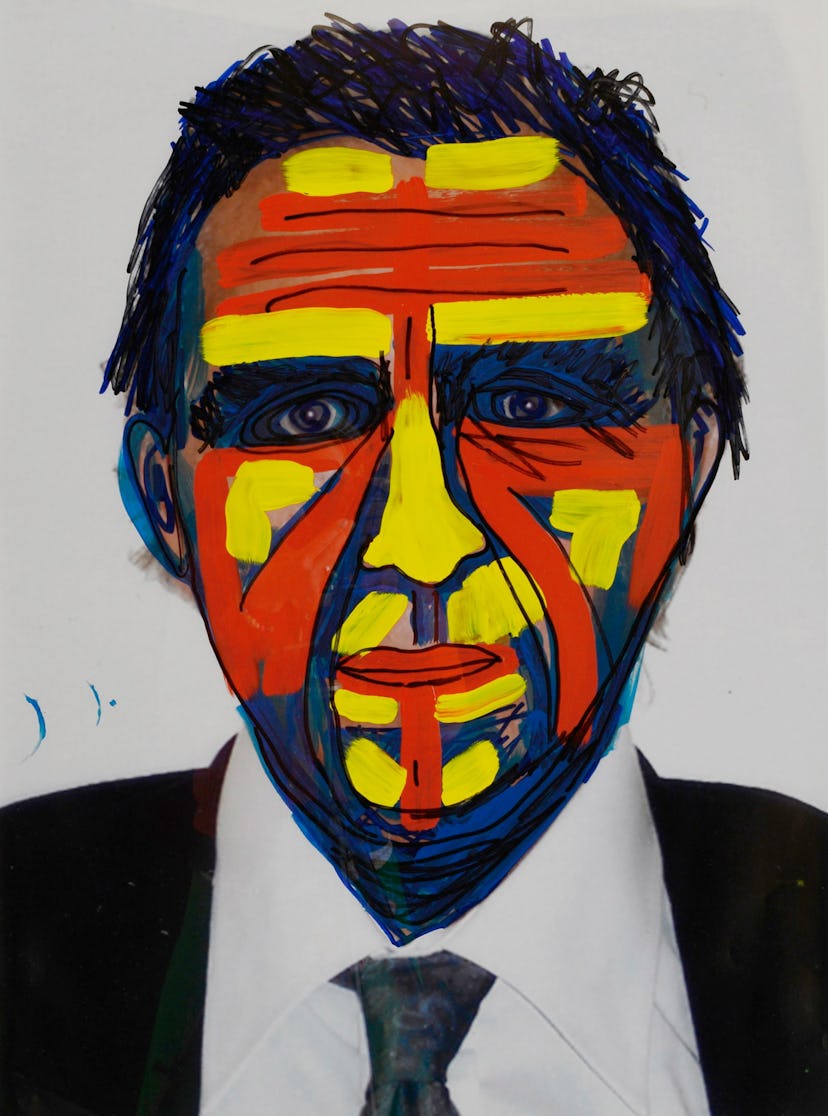The Elusive, Self-Exiled Artist Jimmie Durham Opens His First Show in the U.S. in Two Decades
The politically charged “Jimmie Durham: At the Center of the World” opens at the Hammer Museum in L.A.

If you’ve heard anything about Jimmie Durham, a Cherokee artist based in Naples, Italy, it’s probably that during the past two decades he has repeatedly refused to exhibit in the United States, flaunting his self-imposed exile with a self-styled boycott. The Hammer Museum’s upcoming retrospective, “Jimmie Durham: At the Center of the World” (January 29 through May 7, 2017), promises to change that perception, not just by bringing some 200 artworks to Los Angeles but also by facilitating a more nuanced understanding of the artist and his politics of resistance. The show begins in the 1970s, when Durham worked as a political organizer with the American Indian Movement, and gains steam in the 1980s, a period in which he made numerous sculptures using animal skulls, feathers, and fur, along with found objects like car mufflers and police barricades. Those startling pieces—evocative of Surrealist conceits like an umbrella and a sewing machine on an operating table—represent a violent collision of natural and political elements that brings to mind issues like police brutality. Curator Anne Ellegood compares Durham to the art star David Hammons, also famously elusive and market-wary, for his attention to “the historical and cultural weight of his materials.” But Durham uses them, she says, “to upset expectations of what American-Indian artwork should look like.”
Jimmie Durham’s Tlunh Datsi, 1984
Watch W’s most popular videos here: